-
 A Simple Accessory that Helps You Take Your Home/Office Security to Another Level: Best Security Cameras You Can Buy in India (2020)
A Simple Accessory that Helps You Take Your Home/Office Security to Another Level: Best Security Cameras You Can Buy in India (2020)
-
 Make Her Feel Like a Queen with These 10 Gifts for Wife on Her Birthday to Gladden Her Heart and Fill Her with the Warmth of Love (2019)
Make Her Feel Like a Queen with These 10 Gifts for Wife on Her Birthday to Gladden Her Heart and Fill Her with the Warmth of Love (2019)
-
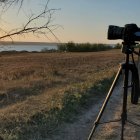 Take Your Photography to the Next Level:Pick From These Best Tripods Available in India Today(2020)!
Take Your Photography to the Next Level:Pick From These Best Tripods Available in India Today(2020)!
Buying Your First DSLR? It is Worth the Investment!
Have you finally decided to treat yourself to a photography companion? But don't get too pumped yet! When it comes to buying a gadget, especially a DSLR camera, just going with the flow and getting the first camera you see in the market is never a good idea, as you might miss out on the best option available out there.
The first question that should come to your mind while thinking about buying a DSLR should be if it is worth investing your money in, and whether you really want a DSLR or will be better off with an automatic, or point and shoot digital camera. The answer is obviously yes, after all, you've might have waited for so long to get your hands on your first DSLR.
Apart from that, taking photos with a DSLR will truly be bliss as you have far greater control over the image, and the quality of photos you get with this prized possession of yours will be unmatched to the photos you click with your phone. Now, you might be having many questions about what factors to consider before buying your first DSLR, and below we've tried to answer all of them.
What is a DSLR and How is it Different from a Point and Shoot Digital Camera?
A Digital Single Lens Reflex Camera is quite different from the more compact point and shoot digital cameras. For one, it has a removable lens and has a reflex mirror that enables you to view the exact frame the lens will capture. Point and shoot cameras have slight disrepencaies in the image seen from a viewfinder and the shot taken, although with advancements these differences are narrowing. Without getting into too many technicalities, a DSLR allows for far greater control over images due to the ability to change lenses, and manual settings that let you adjust the fulcrum and shutter speed, although point and shoots also have some manual settings these days, and vice versa, DSLRs have automatic settings.
For a beginner or someone who just wants good pictures, a DSLR and point and shoot can both be good options, more so because technology is fast bridging the gap between them. But for a more discerning photographer, the clarity, depth of field and sheer versatility of a DSLR cannot be matched, yet.
How to Select a DSLR Camera: Points to Keep in Mind
Price Range Selection
Before buying a camera, one thing that you should keep in mind is its price. "Is a DSLR worth the money?" should not be your question because the answer is yes, of course, almost all of them are. Instead, your question should be "Which DSLR is worth my money?" which only you can decide.
The average price range starts from as low as Rs. 20,000 and goes up to a few lakhs. You can buy any model you depending on how much you're willing and able to spend, but if you have no experience then buying a very expensive one is pointless. So plan efficiently because the additional accessories always add to the cost, and this might affect your budget.
Comparing Models Based on Your Skills
Skills in this section will include your experience and level of photography you are interested in whether you are a beginner or a professional. If you are a beginner, then buying a camera which is easy-to-use & user-friendly would be the best choice.
Nikon D3500, Canon EOS 800D, Nikon D5600, Canon 90D are some of the not-so-fancy models but will be the best choices for beginners, as they are the easiest to use, even for someone who doesn't even have any previous experience with cameras.
If you simply want to aim and shoot without getting into the nitty-gritty of adjusting fulcrum and shutter speed according to lighting conditions, a good digital camera is still a better choice than a DSLR. Nowadays digital cameras come with a host of settings that allow you to take specialized and professional-looking shots, plus are compact and often far cheaper.
If you want to get into professional photography or if you have some experience with photography, your choice should be among Canon EOS R or Nikon D6 or Nikon D85. But to make the most of your DSLR, invest some time into learning manual settings because super-specialized photography is what these are built for and the kind of photos you take will only be limited by your own imagination and skill.
Selecting and Comparing Different Brands
The next thing you should think about before buying a DSLR should be the brand. Comparing different brands might be confusing as there are so many options available. But there are two clear winners - Nikon and Canon are both top brands that offer the best cameras for both beginners and professionals alike.
We would recommend you first visit a store nearby and look at your first model yourself. Even if you are ordering one online, it will be much convenient if you know how the camera feels in your hands and how it operates first hand.
Appropriate Lens Selection
The lens you buy depends on the purpose you use your camera for and the kind of photography you had in mind - wide angle for landscapes, telephoto for long-range, macro lenses for close-ups or something else. Years of practice and time is involved in becoming a good photographer, but tried and tested lenses also play an important role in it.
Different types of lenses depending on the kinds of pictures you want to click:
- A prime lens is used when you want to focus on the details and need the background blurred.
- A zoom lens is ideal when you want to click pictures from a distance. However, they suffer from reduced image quality compared to the prime or the primary lens.
- A wide-angle lens is similar to the primary lens but is used for shooting landscapes and architectures, and as the name suggests, wider angles.
Never forget what matters more for a perfect shot is the lens in the front along with the eye behind it!
Studying the Features & Specifications
You must know about all the features of your camera and some additional ones as well. Let's say you are interested in photography and yet you want to carry minimal baggage, then look for a compact model. If you are familiar with the features then you will be able to explore all possible settings.
Professional models can overwhelm a novice with too many features and settings. However, once you're past the beginner's phase, it will all come naturally to you. Features you must look for include the types of modes it comes with such as the quality of images you can take, range of automatic settings for taking quick shots, 4k video capability, if it has a touch screen, weight and grip of the body, mountable features, etc.
Selecting Accessories
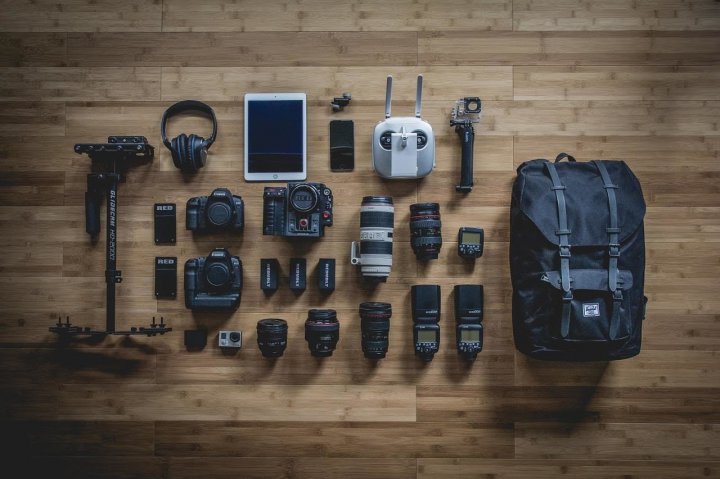
Accessories also play an important role and must be distinguished from in-built camera features. Accessories include tripods, monopods, SD cards, straps and even carry cases. Camera remotes can also be very useful. Add these to your repertoire as you need them but do start with a set of backup batteries.
Look for accessories that suit you best. For instance, if you take tens and hundreds of photos every day, then getting an SD card with 256 or 512 GB storage would be better than going for a 64 GB or 128 GB one. Then, you could get a tripod stand if you want to click better still photos. Again, it all comes down to your level of experience and preferences.
One important point is while looking for optional accessories that you need in the future, you should still stick with the same brand.
Learning the Skill
If you are a novice and you have no idea about photography, then your first step should be learning about the skills. It's the photographer that takes the pictures, not the camera.
The camera is just an asset to be used alongside your skills. Stabilize yourself first before you expect yourself to click the great shots you have always dreamt of!
You can opt for learning any photographic skills, for example, Aerial photography, Composite photography, Dance photography, Food photography, etc. It is a general misconception that all types of photographs take the same kind of work, that you just focus on what you want to click, and that's it. Different kinds of photography require different kinds of skillsets.
Selection of the Right Sensor
While selecting a camera, sensor selection should be kept in mind because of its high definition power of capturing things clearly. For a layman, in simple words - Larger the sensors, the clearer will be the pictures.
One of the most popular sensor sizes is the full-frame sensor size. The full-frame sensor size offers the most clarity, along with some dynamic range.
Due to the aspect ratio of the Micro four-thirds sensor, it is specially used by videographers. So clearly, if you want some better photos, go for a Full frame sensor and if you wish to record better videos, go for Micro four-thirds sensor. And if you want a combination of both, go for the APS-C sensor.
Taking Care of Your DSLR
Having decided on or purchased a fine DSLR, your job is not done. Rather, you can say the responsibily starts here. You can get great results for many years by taking good care of your DSLR so maintains its form throughout.
Holding the camera properly might be the first thing you would want to learn. Keeping the lenses clean and keeping it capped holds the same importance. Protecting the sensor is also one of the most important things you should keep in mind. You can always take suggestions from someone who has Knowledge about it or at least has some experience.
-
 A Simple Accessory that Helps You Take Your Home/Office Security to Another Level: Best Security Cameras You Can Buy in India (2020)
A Simple Accessory that Helps You Take Your Home/Office Security to Another Level: Best Security Cameras You Can Buy in India (2020)
-
 Take Your Photography to the Next Level:Pick From These Best Tripods Available in India Today(2020)!
Take Your Photography to the Next Level:Pick From These Best Tripods Available in India Today(2020)!
-
 Take Your Photography to the Next Level with a High-Quality DSLR Tripod: Check out the Best Tripod Stands for DSLRs and Why You Need One to Capture That Perfect Shot! (2021)
Take Your Photography to the Next Level with a High-Quality DSLR Tripod: Check out the Best Tripod Stands for DSLRs and Why You Need One to Capture That Perfect Shot! (2021)
-
 Video Editing Skills are in High Demand Globally. Check out the Top 10 Video Editing Software and Great Online Courses to Learn Video Editing Quickly (2020)
Video Editing Skills are in High Demand Globally. Check out the Top 10 Video Editing Software and Great Online Courses to Learn Video Editing Quickly (2020)
-
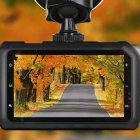 Looking for Peace of Mind on Your Daily Drive(2021)? A Guide to the Best Dashcams Available in 2021, to Help Guide You in Your Decision-Making Process.
Looking for Peace of Mind on Your Daily Drive(2021)? A Guide to the Best Dashcams Available in 2021, to Help Guide You in Your Decision-Making Process.
Decide What You Want to Do with Your Camera
Generally, the starting point is deciding what you want to do with the camera. For everyday snapshots many if not most cameras will fit the bill. As soon as you go in any direction that tests or exceeds the range of a snapshot camera you'll want to build a list of what you want to do before you select the camera to do it with. Typical examples: Low light/natural light indoor photography, sports photography, landscape photography, studio portraits, macro photography (flowers, insects or anything really close-up), underwater photography, etc. Shop first by those attributes.

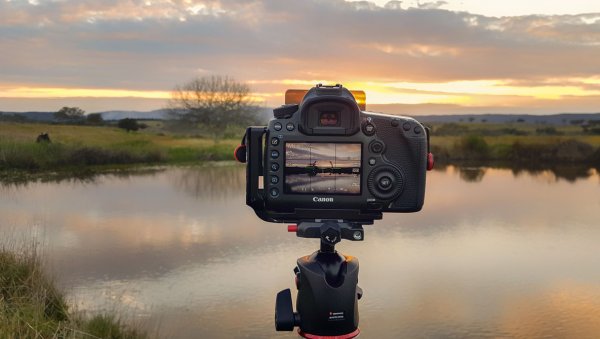

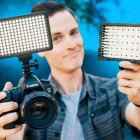
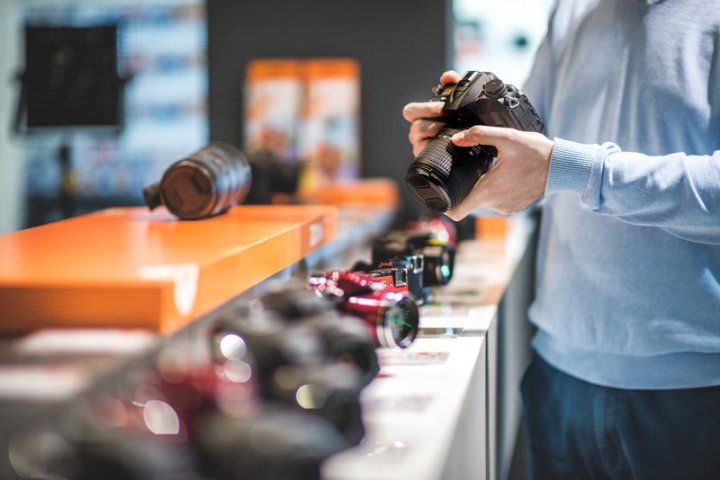


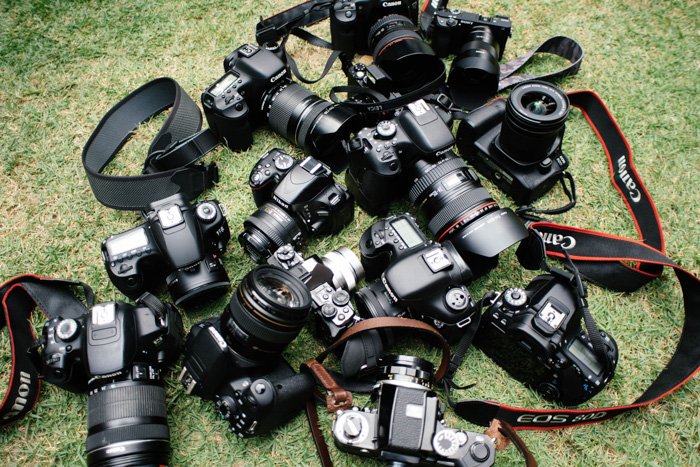


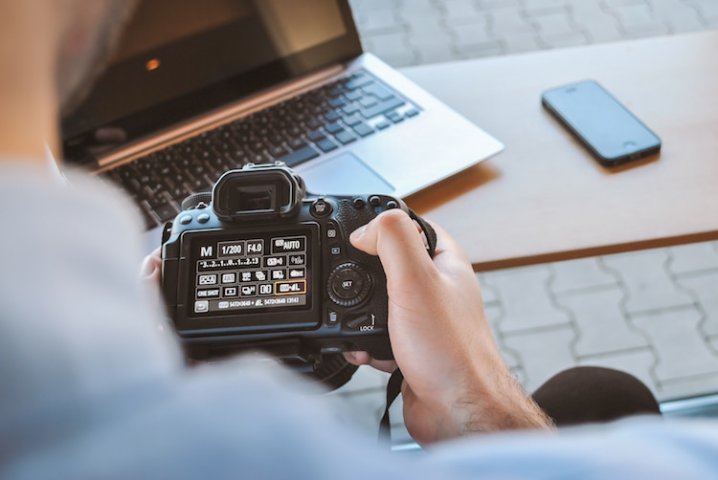

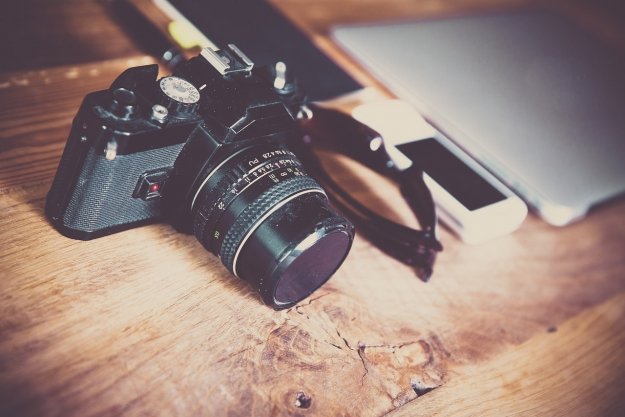
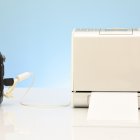

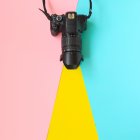

 Highlight the Best Facets of Your Incomparable Beauty: Discover the Best Face Highlighter Currently Available in India and Everything You Need to Know About Using Face Highlighters for Maximum Effect (2023)
Highlight the Best Facets of Your Incomparable Beauty: Discover the Best Face Highlighter Currently Available in India and Everything You Need to Know About Using Face Highlighters for Maximum Effect (2023)
 Forget the Blemishes and Get that Picture Perfect Flawless Radiance on Your Face: Check out the Best Foundations for Oily Skin Currently Available in India and Everything You Need to Know About Makeup Foundations (2023)
Forget the Blemishes and Get that Picture Perfect Flawless Radiance on Your Face: Check out the Best Foundations for Oily Skin Currently Available in India and Everything You Need to Know About Makeup Foundations (2023)
 Make Your Presence Felt Wherever You Go: Discover the Best Perfumes Under 2000 for Both Men and Women to Announce Your Arrival and Make Any Occasion Memorable (2023)
Make Your Presence Felt Wherever You Go: Discover the Best Perfumes Under 2000 for Both Men and Women to Announce Your Arrival and Make Any Occasion Memorable (2023)
 Protect Your Oily Skin from the Harmful Rays of the Sun: Discover the Best Gel Based Sunscreens for Oily Skin and Everything You Need to Know Before Buying One (2023)
Protect Your Oily Skin from the Harmful Rays of the Sun: Discover the Best Gel Based Sunscreens for Oily Skin and Everything You Need to Know Before Buying One (2023)
 Minor Blemishes and Wrinkles Affecting Your Confidence? Check out the Best BB Creams to Conceal Your Worries and Nourish Your Skin to Restore the Healthy, Radiant and Glowing Complexion Back Again (2023)
Minor Blemishes and Wrinkles Affecting Your Confidence? Check out the Best BB Creams to Conceal Your Worries and Nourish Your Skin to Restore the Healthy, Radiant and Glowing Complexion Back Again (2023)
